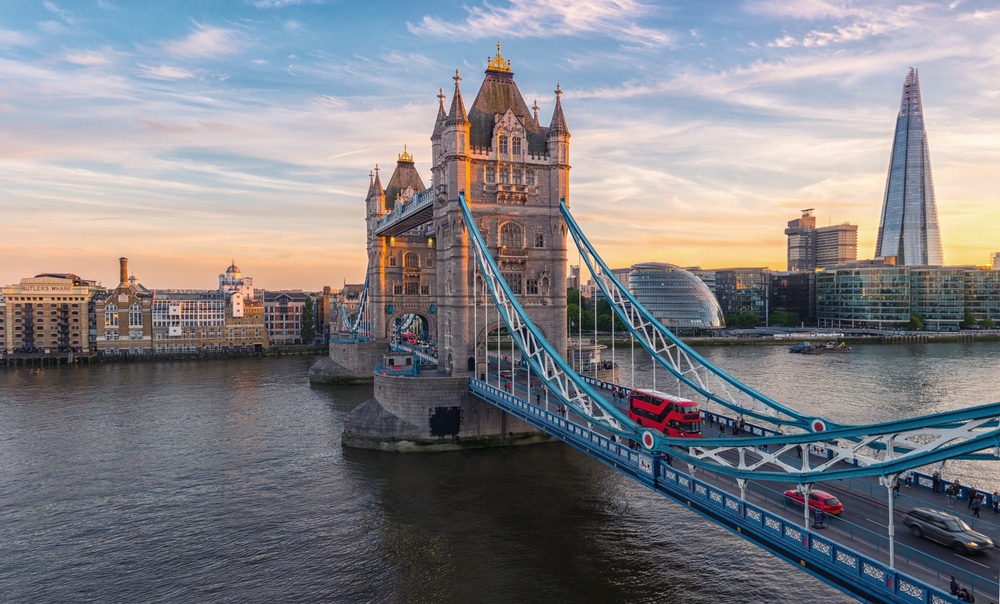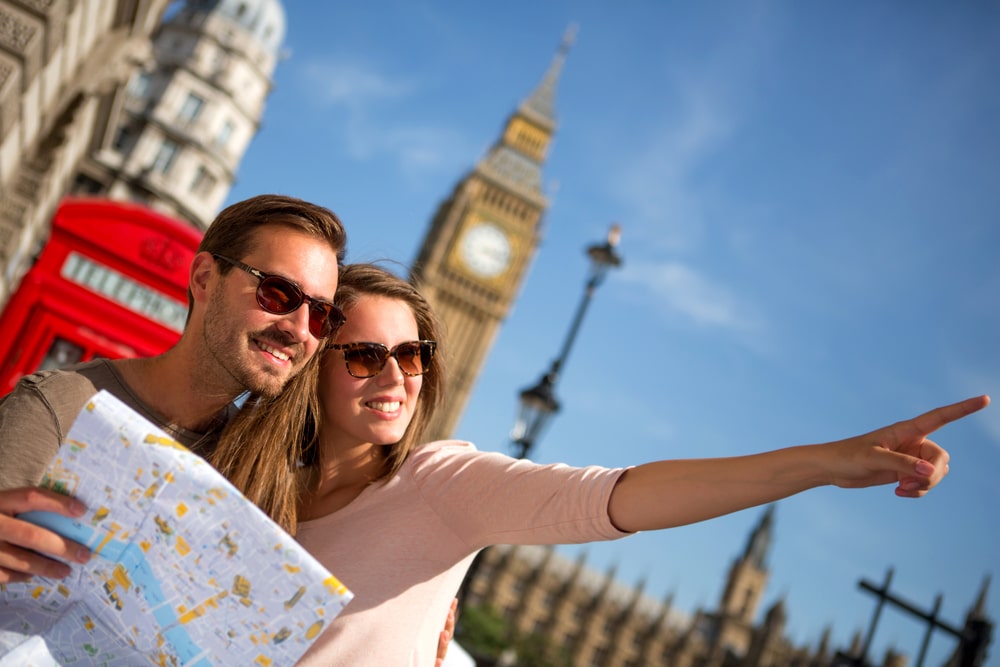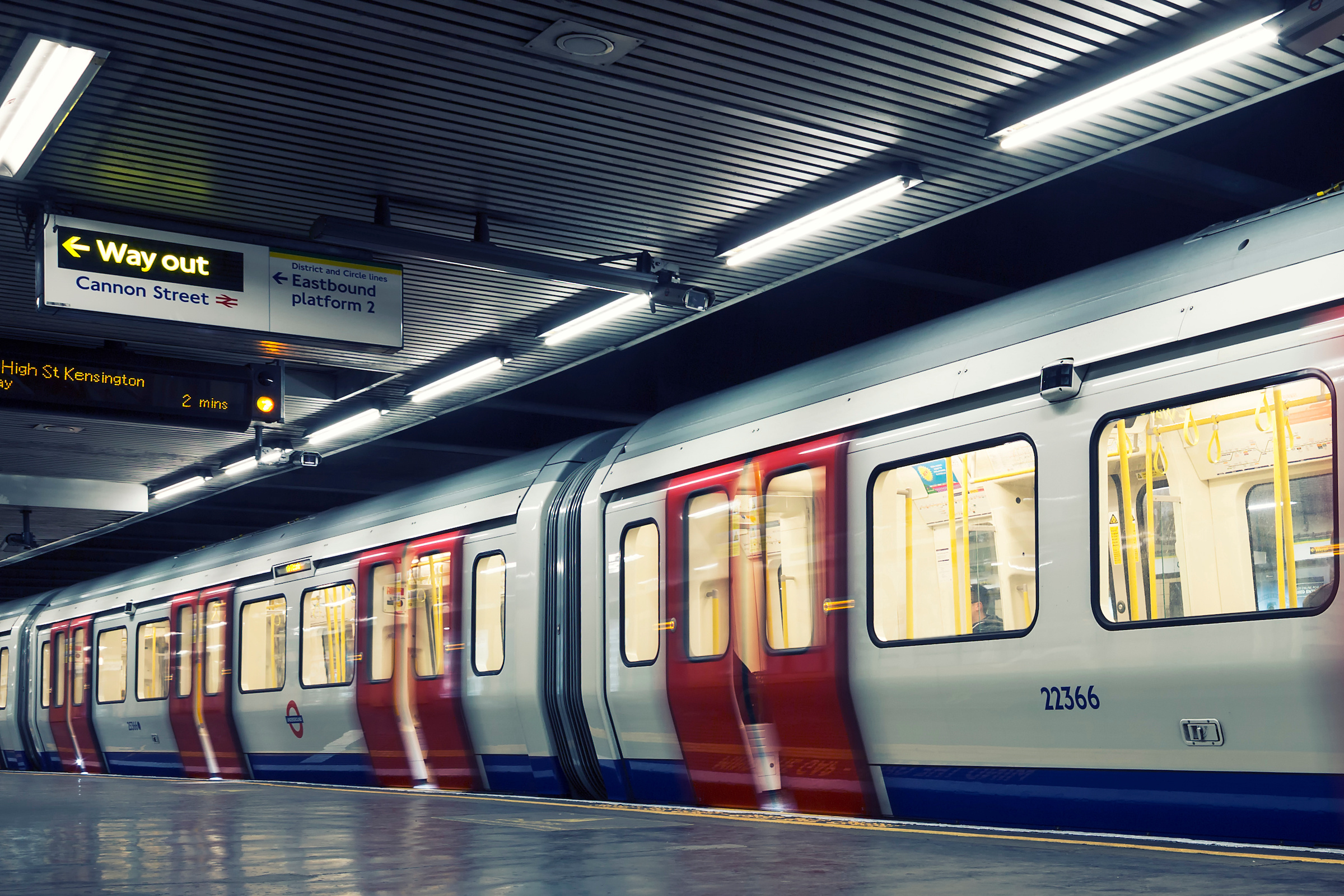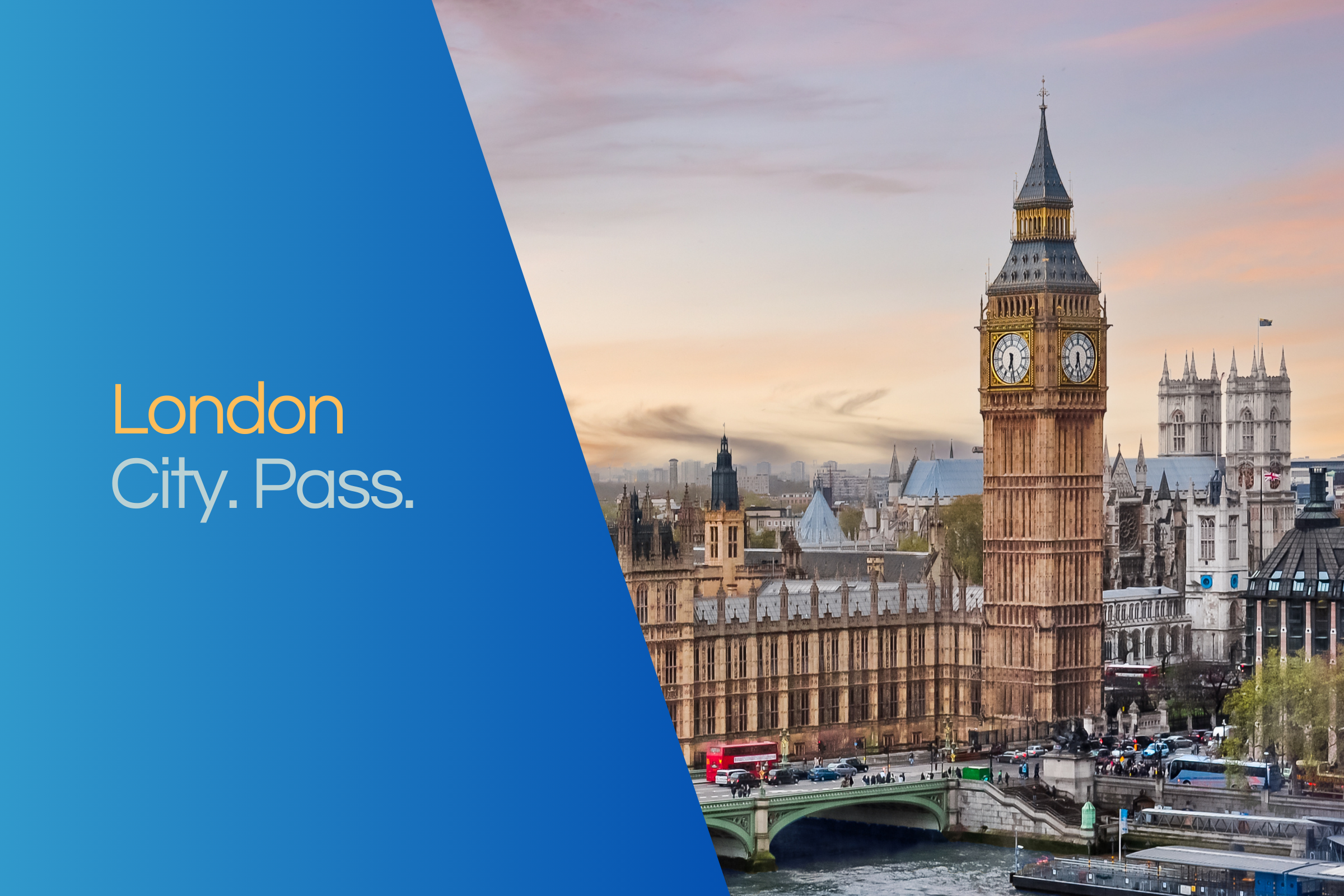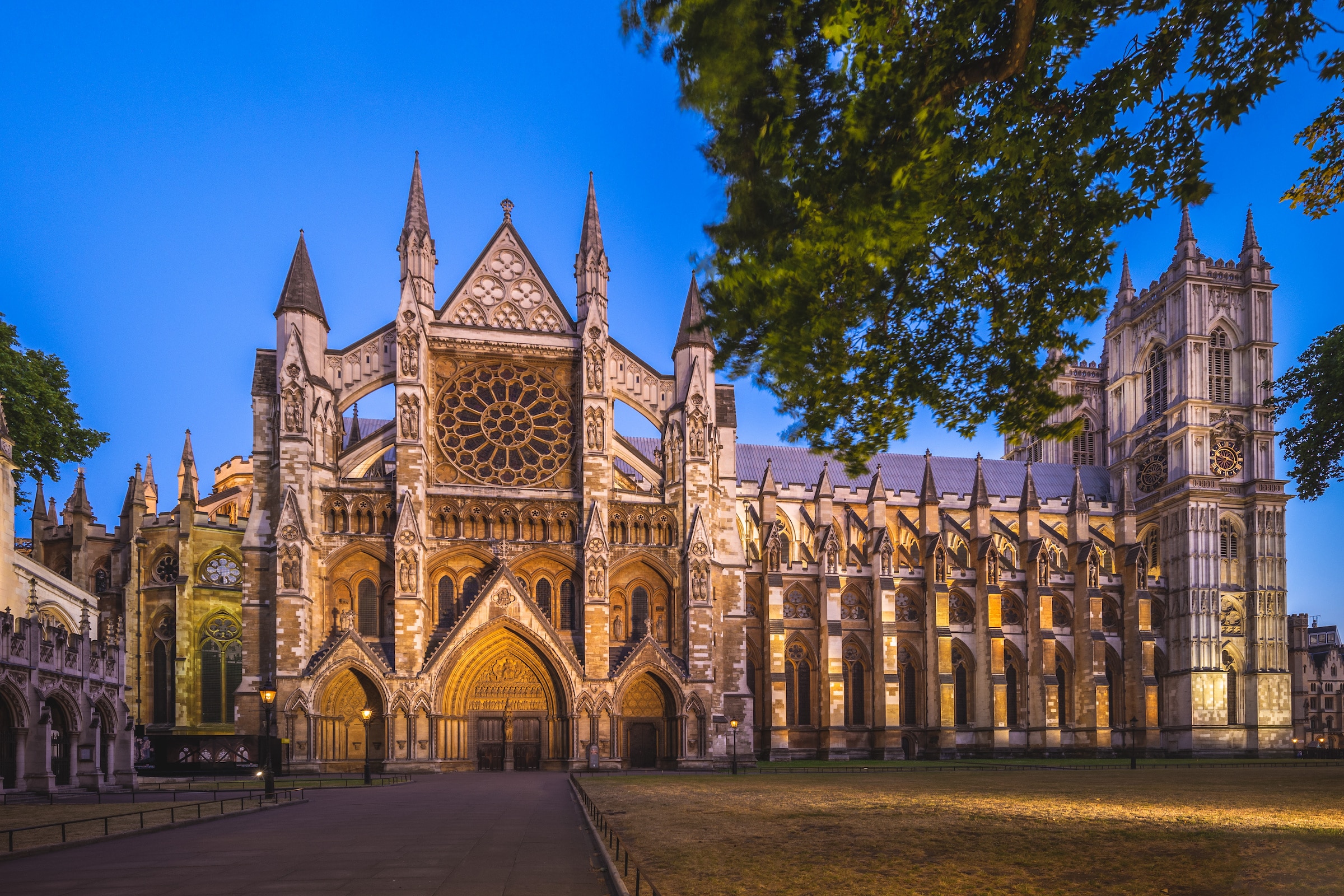- Home ›
- United Kingdom ›
- London
Trafalgar Square
Trafalger Square is considered the heart of London. The 51 meter high granite column in honor of Admiral Lord Nelson serves many visitors as a central meeting place. Here, five big streets of the city converge and thus, London's biggest square is constantly populated by countless people. However, one has declared war on the pigeons.
A square for the British Empire
The square was designed by John Nash in 1820 and laid out by Sir Charles Barry. It was once the site of the royal stables, the Royals Mews, but these were demolished during the redesign. The vastness and depth of the square was intended to symbolise the greatness of the British Empire. Numerous rallies and events still take place here today.
Historic victory over Napoleon
Admiral Nelson achieved a historic victory over the French and Spanish at the Battle of Trafalgar in 1805, but was seriously wounded. He succumbed to the consequences of his injuries and so the Nelson Column was erected in his honour in 1842. The height of the column is based on the dimensions of Nelson's ship HMS Victory, which was also 51 metres high. In 1868, four bronze lions were added at the admiral's feet.
Four monuments frame Trafalgar Square: Statues of Generals Charles Napier and Henry Havelock stand at the southern ends of the Square. To the north-east of the square is an equestrian statue of King George IV, and to the north-west an equestrian statue was actually to be erected in honour of William IV. However, the money became scarce and so there was only an empty pedestal called "The Fourth Plinth" until the year 1999. Since then this pedestal has been filled with annually changing works of art. A committee selects suitable objects from artists' proposals.
The north of the square is dominated by the National Gallery and a generous flight of steps rising above two fountains. To the north-east of Trafalgar Square is the church of St Martin-in-the-Fields. Due to its proximity to Buckingham Palace, the church is also used by the Royal Family. Numerous concerts take place here. The building, which was erected between 1722 and 1726, met with criticism due to its unusual design for that time: the facade with the integrated tower did not please many Londoners. However, especially houses of worship in the USA were later inspired by the church's design.
[gallery ids=16557,16560]
Wegbeschreibung
- Nearest train station: Charing Cross
